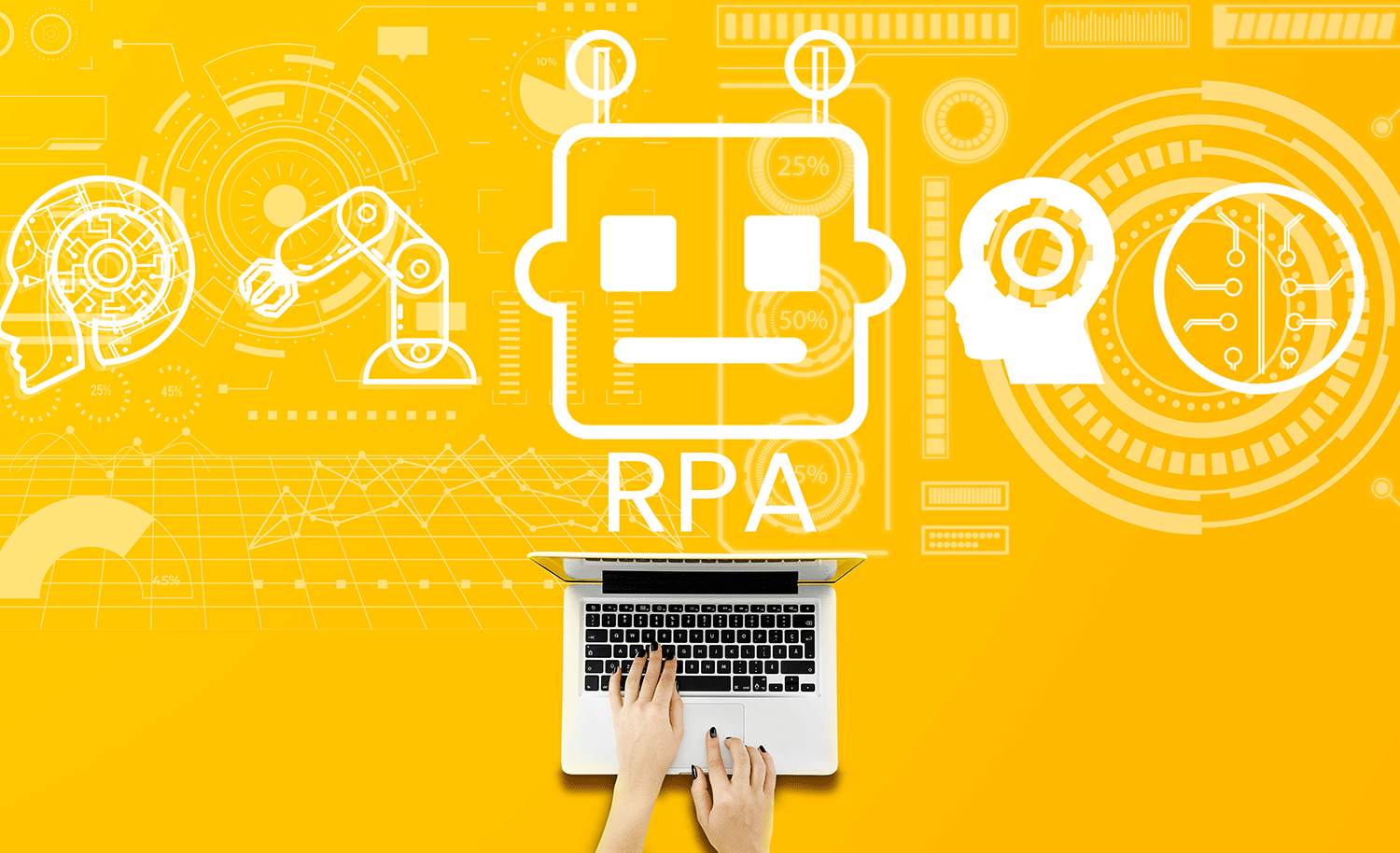Blogs
To know about all things Digitisation and Innovation read our blogs here.
Business Process Automation
Best Practices for Designing Automated Business Processes
SID Global Solutions
6 February 2023

Automating business processes has become a necessity for businesses of all sizes, as it helps streamline operations, increase efficiency, and save time and money. However, creating an automated business process isn’t as simple as just writing a few lines of code. It requires careful planning, strategy, and design to ensure that the process is effective and efficient. To help you get started, here are some of the best practices for designing automated business processes.
- Start with a Clear Understanding of the Business Process
Before you start designing an automated business process, it’s important that you have a thorough understanding of the process. This includes defining the steps that need to be taken in order to complete the process, along with the expected outcomes. This will help you determine what kind of automation you need, as well as which tasks can be automated and which ones your team will still have to do manually.
- Break Down the Process
Once you have an understanding of the process, the next step is to break it down into smaller components. This will help you create an efficient and effective workflow. As you break down the process, be sure to identify any manual steps that can be automated and make note of any potential problems or issues that could arise. This will help you determine the best way to design the automated process so that it runs smoothly.
- Define the Objectives
Once you have broken down the process, it’s time to define the objectives of the automation. This will help you determine what the expected outcomes are, which will then inform the design of the process. Defining the objectives will also help you determine which tasks are most important and which ones can be automated.
- Design the Process
Once you have defined the objectives, it’s time to design the process. This includes determining the steps that need to be taken, the resources needed to complete the steps, and any potential risks or issues that could arise. Designing the process is important, as it will help you make sure that you are able to effectively and efficiently automate the process.
- Test and Re-Test
Once the design is complete, it’s important to test the process to ensure that it is working properly and to identify any areas that need to be improved. Testing the process multiple times will help you make sure that you are able to identify any issues or potential problems that could arise.
Conclusion
Following these best practices will help you design an automated business process that is effective and efficient. The key is to have a thorough understanding of the process before you start designing, break down the process into smaller components, define the objectives, and test and re-test to make sure that the process is working properly.
Taking the time to design an automated business process properly will help your business streamline operations, increase efficiency, and save time and money.









